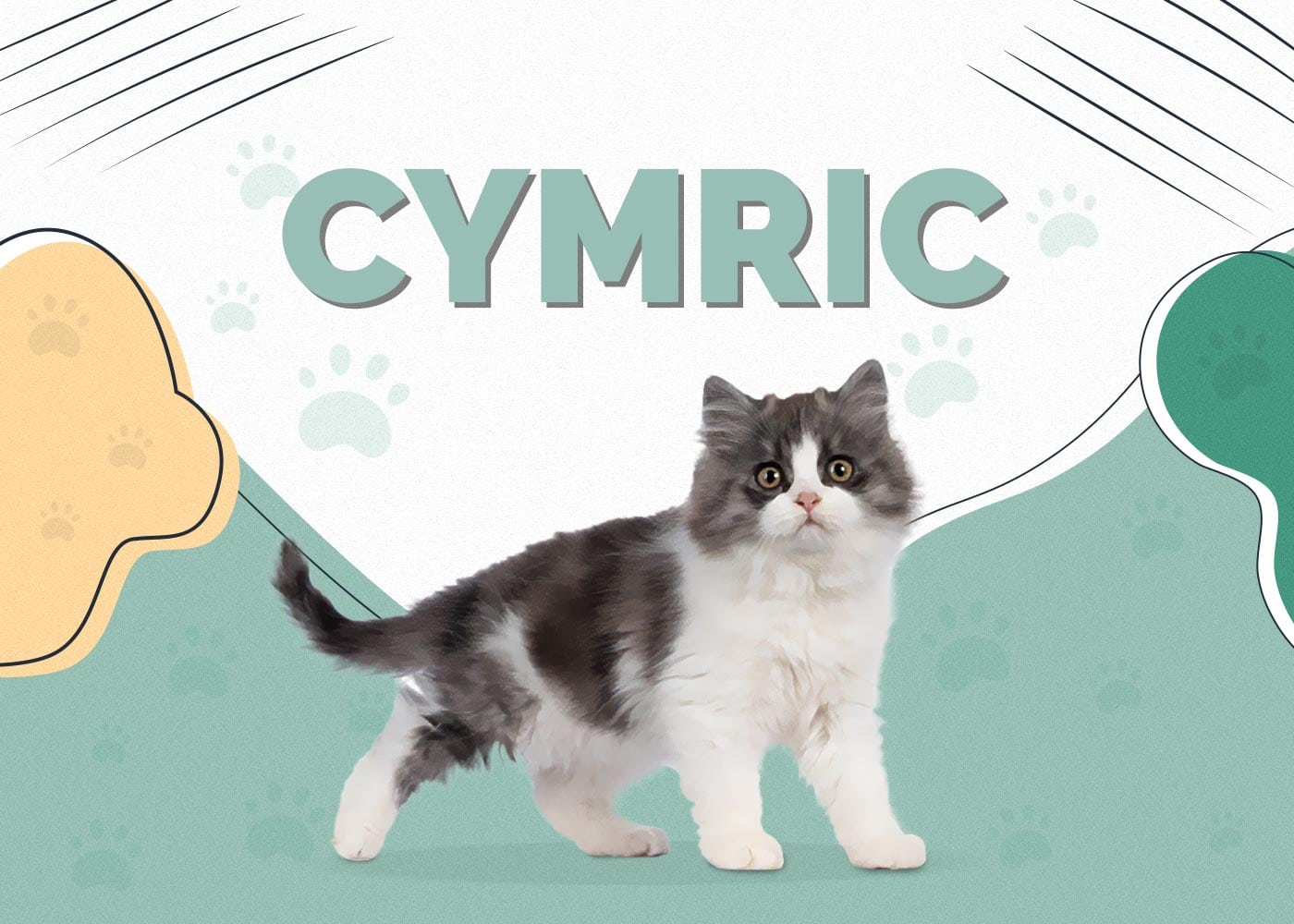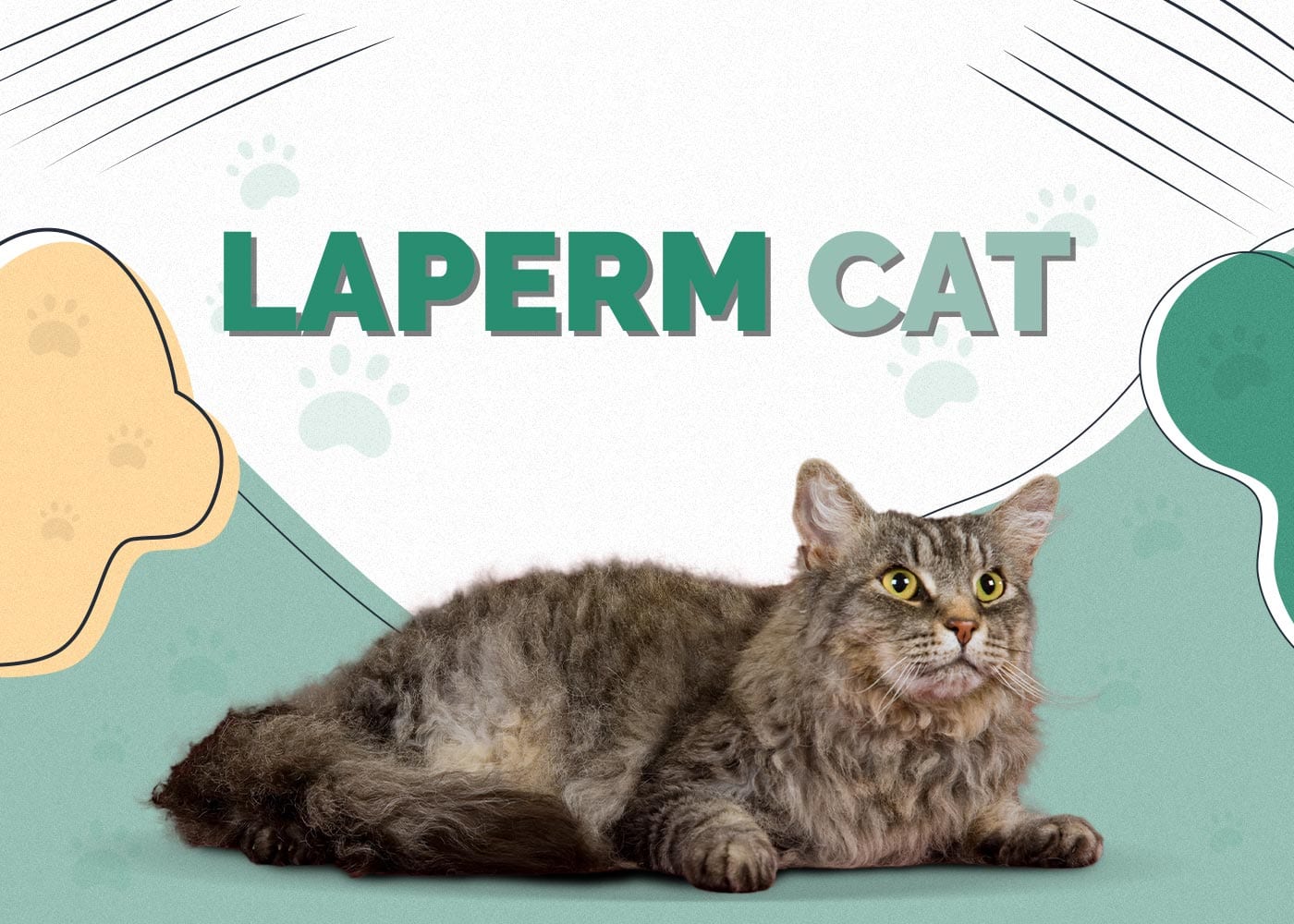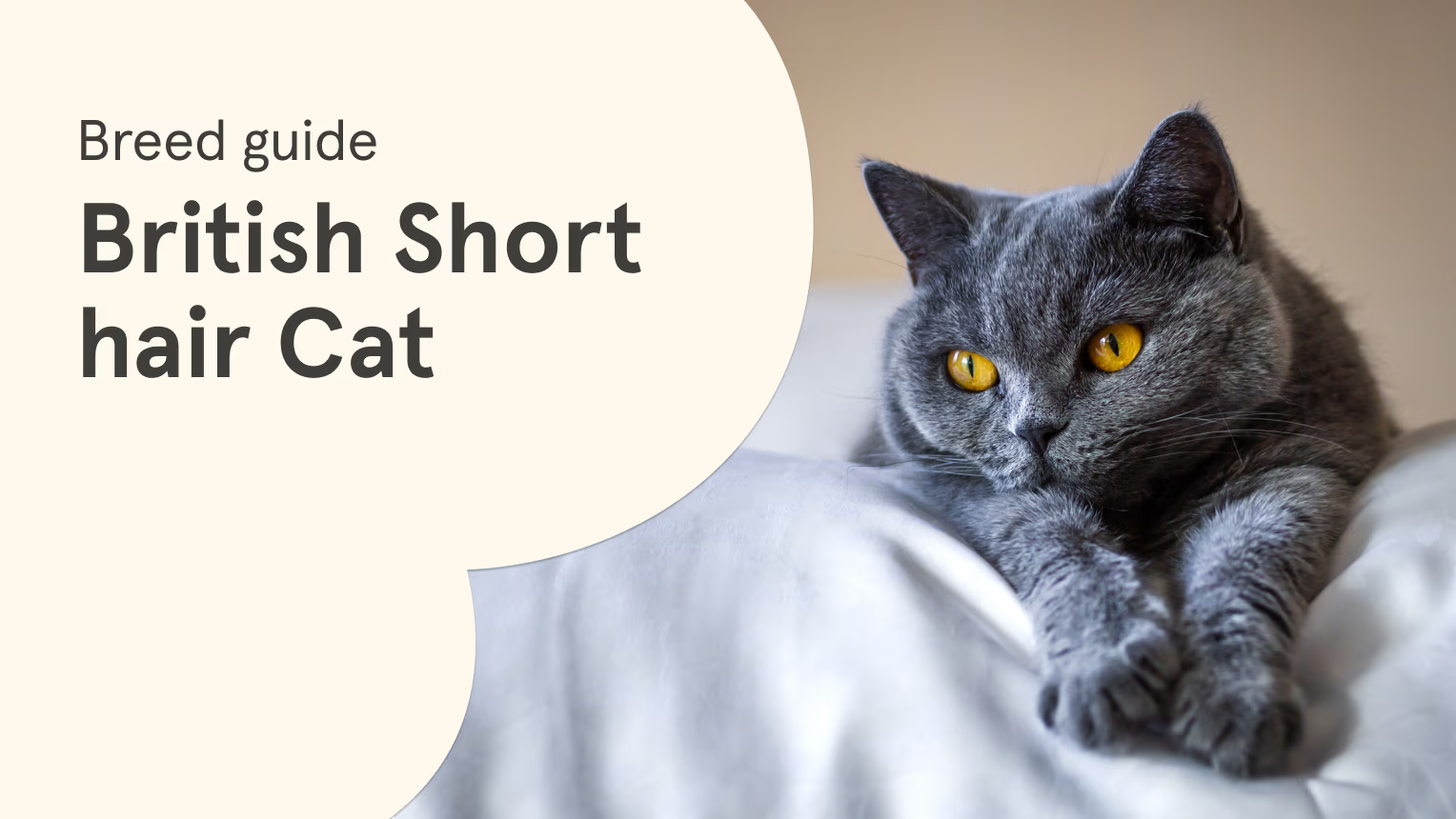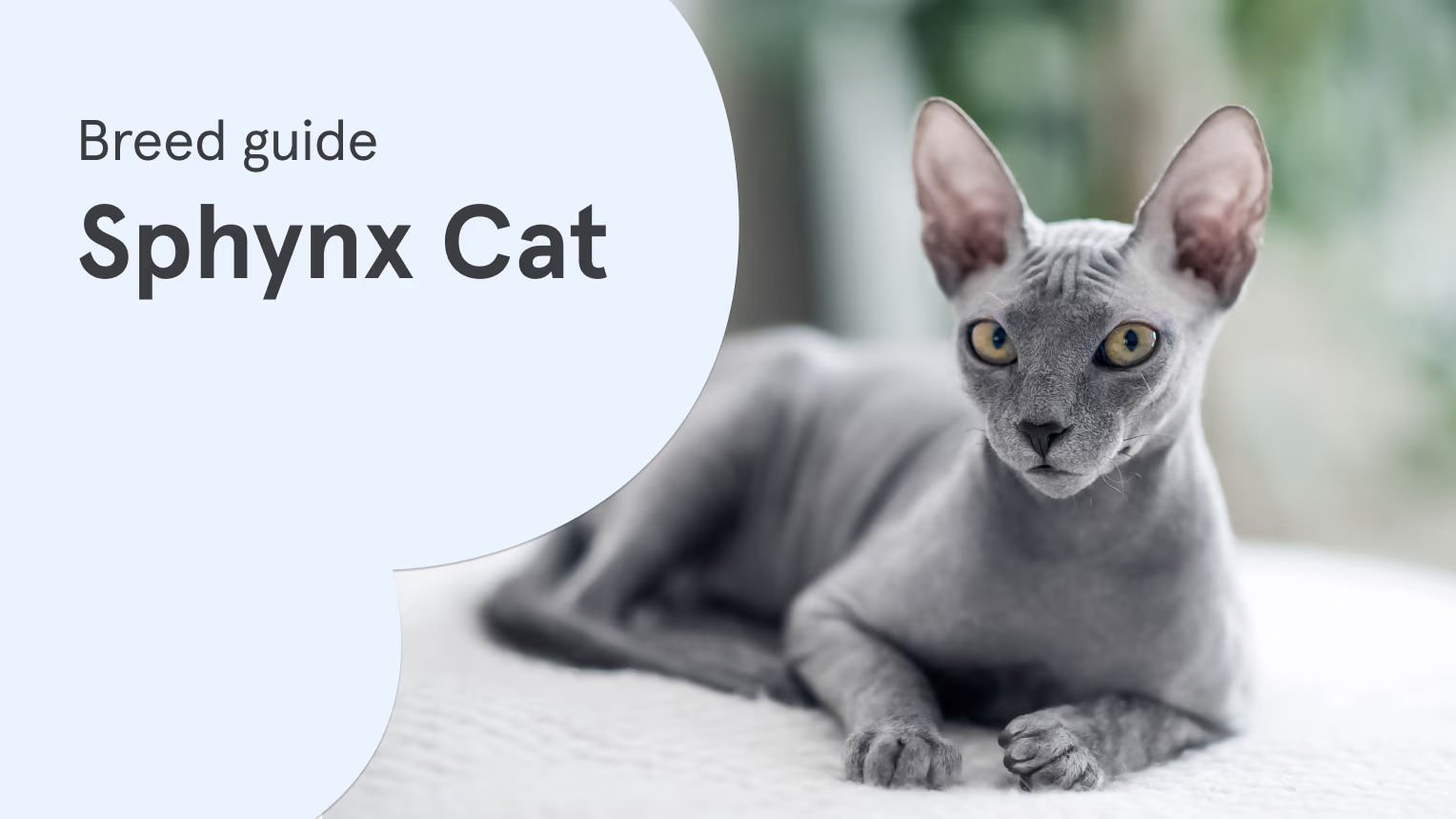Cymric Cat Breed: Complete Guide
The Cymric cat, also known as the “long-haired Manx,” is a captivating and unique breed with a rich history and a playful, affectionate personality. With its distinctive tailless appearance and luscious long fur, the Cymric stands out as a beloved companion for cat lovers worldwide. Whether you’re considering adopting a Cymric cat or are simply curious about this fascinating breed, this comprehensive guide will provide you with all the details you need to know. From characteristics and care to training tips and how to choose the right Cymric for your home, we’ve got you covered.
History of the Cymric Cat
The Cymric cat originates from the Isle of Man, where it shares its ancestry with the Manx cat. The Manx is famous for its unique lack of tail, a trait that can sometimes be passed on to the Cymric. The Cymric cat is essentially the long-haired version of the Manx, with a similar body structure and temperament but a much more luxurious coat.
The breed’s name, “Cymric,” comes from the Welsh word “Cymry,” meaning “the Welsh people.” This is a nod to the Isle of Man’s close historical connections with Wales and its people. Although the Cymric’s tail-less trait is considered to be a natural mutation, it was the breeders of the Isle of Man who selectively bred the Cymric for its long, beautiful fur and its cat-like features. Over time, the breed became known for its affectionate nature and its striking appearance, earning it a place as one of the most sought-after cats among enthusiasts.
Characteristics of the Cymric Cat
The Cymric cat is known for its distinct look and charming personality. Here’s a breakdown of their physical features and temperament:
- Size: Cymric cats are medium to large in size, with males typically weighing between 10 to 15 pounds and females weighing between 8 to 12 pounds. They have strong, muscular bodies and are solidly built, which gives them an impressive presence.
- Coat and Color: The Cymric has a long, soft, and dense double coat, which can come in a wide variety of colors and patterns. Common colors include solid, tabby, bicolor, and calico. Their fur is water-resistant, which helps them stay dry in various weather conditions. Regular grooming is necessary to maintain their coat’s appearance.
- Tail: One of the most notable features of the Cymric cat is its tail—or lack thereof. While some Cymrics are born with a short, bobbed tail, others may have a long, full tail. This variation is due to the genetic mutation that affects the Manx breed. The tailless trait is particularly sought after by some cat owners, though the tail length can vary greatly from cat to cat.
- Face and Eyes: Cymric cats have round faces and large, expressive eyes. Their eyes come in a range of colors, from gold to green, and their wide-set eyes contribute to their charming, alert expression. Their ears are medium-sized and rounded at the tips, giving them a gentle and friendly look.
- Personality and Temperament: Cymric cats are known for their affectionate and playful nature. They are typically very loyal to their owners and enjoy being part of the family. Despite their somewhat independent streak, they thrive on human interaction and are often described as “dog-like” in their loyalty. Cymrics are also highly intelligent, curious, and love engaging in play. They tend to get along well with other pets and children, making them excellent family companions.
How to Train a Cymric Cat
Training a Cymric cat is relatively easy due to their intelligence and curiosity. While they are not as naturally obedient as dogs, they are quite capable of learning tricks and commands with patience and consistency. Here are some training tips to keep in mind:
- Positive Reinforcement: Like all cats, Cymrics respond best to positive reinforcement. Use treats, praise, and affection to reward them when they exhibit desirable behaviors. For example, when your Cymric cat uses the litter box correctly, give them a treat to reinforce that behavior.
- Start with the Basics: While most Cymric cats are relatively easy to litter train, they may need some time to adjust to other training methods. Begin with simple commands such as “come” or “sit,” using treats to encourage compliance.
- Interactive Play: Cymrics are playful and active, so using toys during training can keep them engaged. Interactive toys, such as feather wands or puzzle feeders, can help improve their problem-solving skills and keep their minds stimulated.
- Litter Box Training: Cymrics are typically clean cats and will readily learn to use a litter box. Ensure that the box is kept clean, and place it in a quiet, accessible area. Most Cymrics will instinctively use the litter box, but like any cat, consistency and positive reinforcement are key.
- Be Patient: While Cymrics are quick learners, some may have a more independent streak and will require more patience than others. Keep training sessions short and positive to avoid frustrating your cat.
How to Care for a Cymric Cat
Caring for a Cymric cat involves meeting their grooming, exercise, diet, and healthcare needs. Here’s a comprehensive guide on how to ensure your Cymric stays happy and healthy:
- Grooming: The long, thick coat of a Cymric requires regular grooming to prevent matting and tangling. Brush your Cymric at least three times a week using a comb designed for long-haired cats. During shedding season, more frequent grooming may be necessary to remove loose hair. Additionally, consider having your Cymric’s fur professionally trimmed if it becomes unmanageable.
- Exercise: Cymrics are playful and energetic cats that enjoy interactive play. Ensure they have plenty of opportunities to exercise by providing them with toys and engaging in playtime. While they are not overly hyperactive, they do enjoy climbing, exploring, and playing with puzzle toys that challenge their intelligence.
- Diet: A balanced diet is crucial for your Cymric’s health. Feed them high-quality cat food that provides a mix of protein, fat, and fiber. Make sure that the food is appropriate for their age and activity level. Cymrics, like other cats, also benefit from having access to fresh water at all times. Avoid overfeeding your Cymric, as they can be prone to obesity.
- Health Care: Regular veterinary check-ups are important for keeping your Cymric healthy. Cymrics are generally a healthy breed, but they may be prone to some genetic health issues, such as spinal problems (due to their tailless trait) and heart issues. Be mindful of any signs of discomfort or behavioral changes and consult a vet if you notice anything unusual. Vaccinations, flea treatments, and regular grooming are all part of maintaining their health.
How to Choose a Cymric Cat
Choosing the right Cymric cat for your family is an exciting process that requires careful thought. Here’s what to consider when selecting a Cymric:
- Age: Consider whether you want a kitten or an adult Cymric. Kittens are ideal if you want to raise them from an early age and train them to your preferences. Adult Cymrics, on the other hand, are often easier to care for and may already have a well-established personality.
- Tail Type: Cymrics can have either short, bobbed tails or long, full tails. The tail type is largely a matter of personal preference, so be sure to discuss this with the breeder.
- Temperament: Spend time with the cat before making your decision. Cymrics are typically affectionate and friendly, but each cat is an individual, so it’s important to meet the cat and observe its personality. Choose a cat that fits your family’s energy level and lifestyle.
- Reputable Breeder: Always choose a reputable breeder who prioritizes the health and well-being of their cats. Make sure the breeder provides a clean and safe environment and offers proper health documentation for the kittens or adult cats.
Pros and Cons of the Cymric Cat
Like any breed, the Cymric cat has its pros and cons. Here’s a breakdown of the advantages and potential challenges of owning a Cymric cat:
Pros:
- Affectionate and Playful: Cymrics are known for their loving and playful nature. They are loyal to their families and enjoy spending time with their human companions.
- Unique Appearance: With their long, beautiful coat and varying tail types, Cymrics have a distinctive look that makes them stand out.
- Good with Children and Other Pets: Cymrics are generally good with children and other pets, making them an ideal choice for families.
- Intelligent and Curious: Their high intelligence means that Cymrics can learn new tricks and enjoy interactive toys that challenge their minds.
Cons:
- Grooming Needs: The long fur of the Cymric requires regular grooming to prevent matting and tangling, which can be time-consuming.
- Health Issues: While Cymrics are generally healthy, they can be prone to genetic conditions such as spinal problems and heart disease.
- Price: Cymrics are considered a rare breed, and they can be more expensive than other cats, with prices ranging from $800 to $2,000 depending on pedigree and location.
Price of a Cymric Cat
The price of a Cymric cat varies significantly based on factors such as pedigree, tail type, and breeder location. On average, you can expect to pay anywhere from $800 to $2,000 for a Cymric kitten. Cats with rare coloring or a specific tail type may be more expensive. Additionally, older cats or rescues may be available for adoption at a lower cost.
Conclusion
The Cymric cat is a beautiful, intelligent, and affectionate breed that makes an excellent companion for families and individuals alike. Whether you are drawn to their playful personality or their stunning appearance, the Cymric is sure to bring joy to your life. With the right care, grooming, and attention, a Cymric can be a loyal and loving member of your household for many years.




